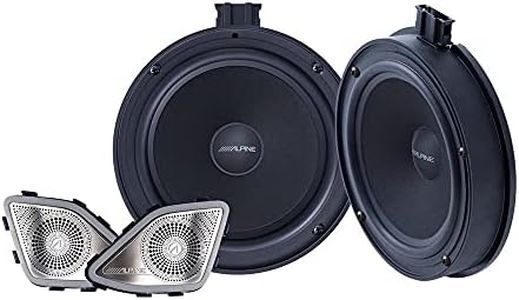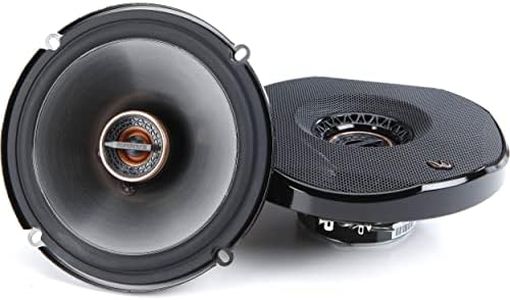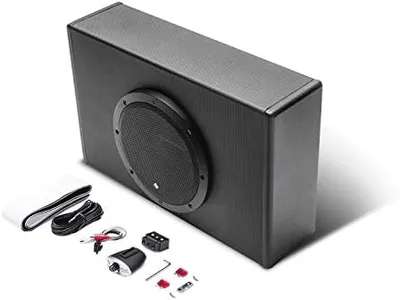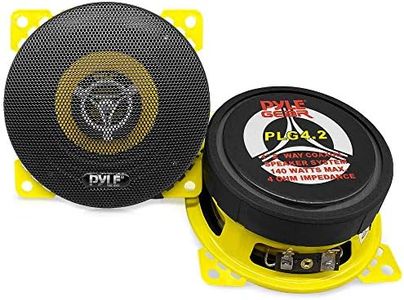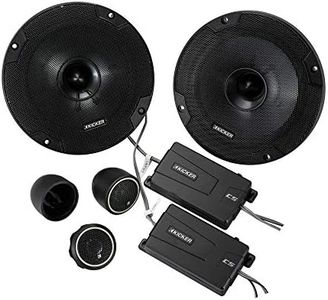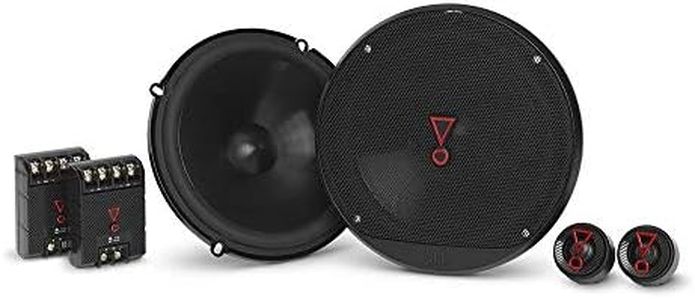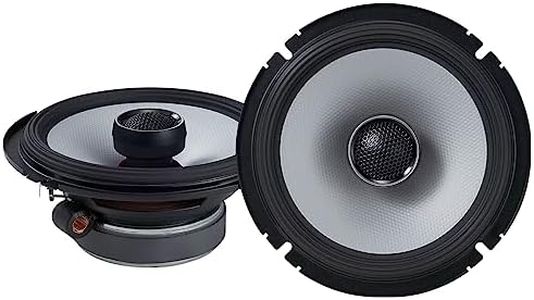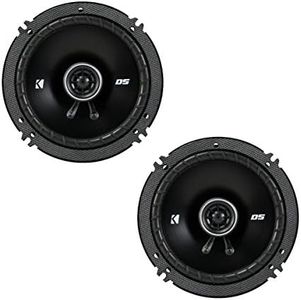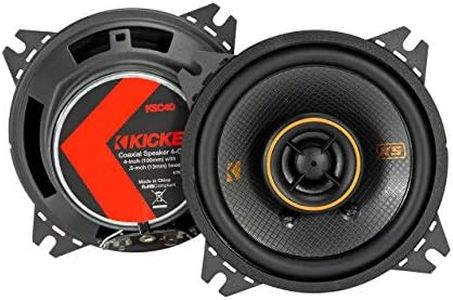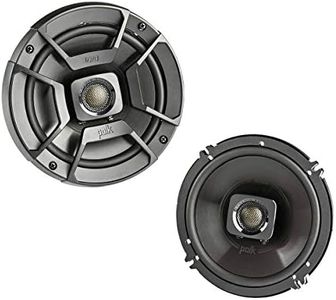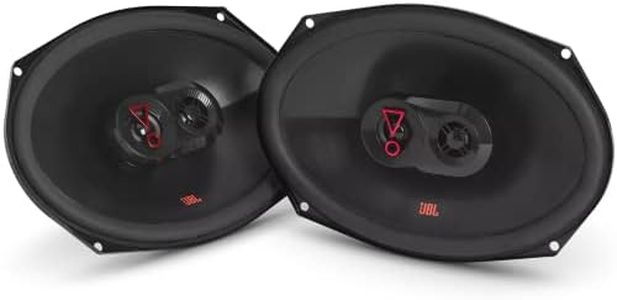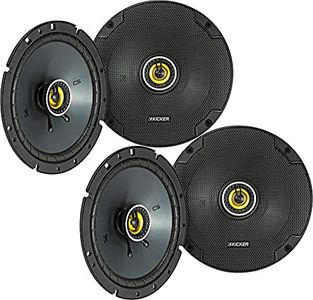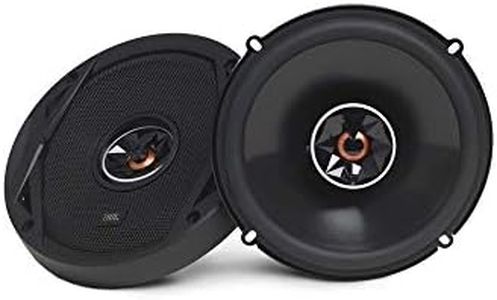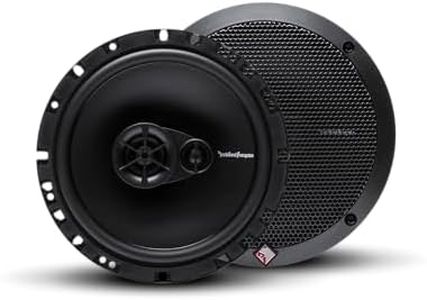We Use CookiesWe use cookies to enhance the security, performance,
functionality and for analytical and promotional activities. By continuing to browse this site you
are agreeing to our privacy policy
10 Best Car Audio Speakers
From leading brands and best sellers available on the web.Buying Guide for the Best Car Audio Speakers
Choosing the right car audio speakers can completely transform your listening experience while driving. It's important to consider what kind of music you enjoy, how much sound quality matters to you, and whether you're looking for an easy replacement or a full-on upgrade. Understanding a few key specifications will help you make a choice that matches your expectations, vehicle, and needs.Speaker SizeSpeaker size refers to the diameter of the speaker cone, usually measured in inches. This is important because different vehicles have differently sized spaces for speakers, and the size impacts the type of sound the speaker can produce. Smaller speakers (like 4” or 5.25”) fit more easily but generally have less powerful bass, while larger speakers (such as 6.5” or 6x9”) typically deliver deeper sounds and a fuller range. When picking the right size, always check your car's available space first and think about what types of music you listen to most—rock and hip-hop fans, for example, may want larger speakers for better bass.
Speaker Type (Coaxial vs. Component)There are two main types of car speakers: coaxial (full-range) and component speakers. Coaxial speakers combine woofer and tweeter in one unit, making installation easier and suitable for general upgrades. Component systems separate the tweeter, woofer, and sometimes additional drivers, providing better sound quality and more customization options, but installation is more complex. If you want improved but hassle-free sound, go with coaxial. If you're an audiophile seeking superior audio fidelity, choose component speakers.
Power Handling (Wattage)Power handling, measured in watts, indicates how much power a speaker can receive from the car’s audio system without distortion or damage. The two main figures to note are RMS (continuous power) and peak power (maximum burst). A higher RMS value means the speaker can deliver louder and clearer sound for long periods. If you have or plan to add a powerful external amplifier, look for speakers with higher RMS ratings. For simple replacements with a factory radio, lower RMS ratings will suffice.
SensitivitySensitivity tells you how well a speaker converts power into volume and is measured in decibels (dB). Higher sensitivity speakers require less power to reach the same volume, making them ideal for factory or low-powered stereo systems. Lower sensitivity speakers are best matched with higher-powered aftermarket systems. To get the best performance, match sensitivity to the output capability of your audio setup.
Frequency RangeFrequency range, usually given in Hertz (Hz), shows the span of sound frequencies the speaker can reproduce. A broader range means the speaker can handle deeper bass and higher treble notes, giving a more complete sound. However, it’s not just about the numbers; it’s about what you hear. If you listen to music with heavy bass, you’ll appreciate speakers with a lower minimum frequency. For general use, most good speakers will cover the everyday music spectrum well.
Build MaterialsThe materials used in the speaker’s components—cones, surrounds, and tweeters—affect both sound quality and durability. Cones made of polypropylene or woven fabrics strike a balance between clarity and longevity. Rubber surrounds are more durable and resist environmental wear better than foam. Tweeters made from silk produce smoother sound, while metal tweeters are brighter and sharper. Consider your climate and sound preference: if your car faces a lot of temperature changes or sunlight, durable materials are better; pick materials based on whether you want crisp or mellow highs.
